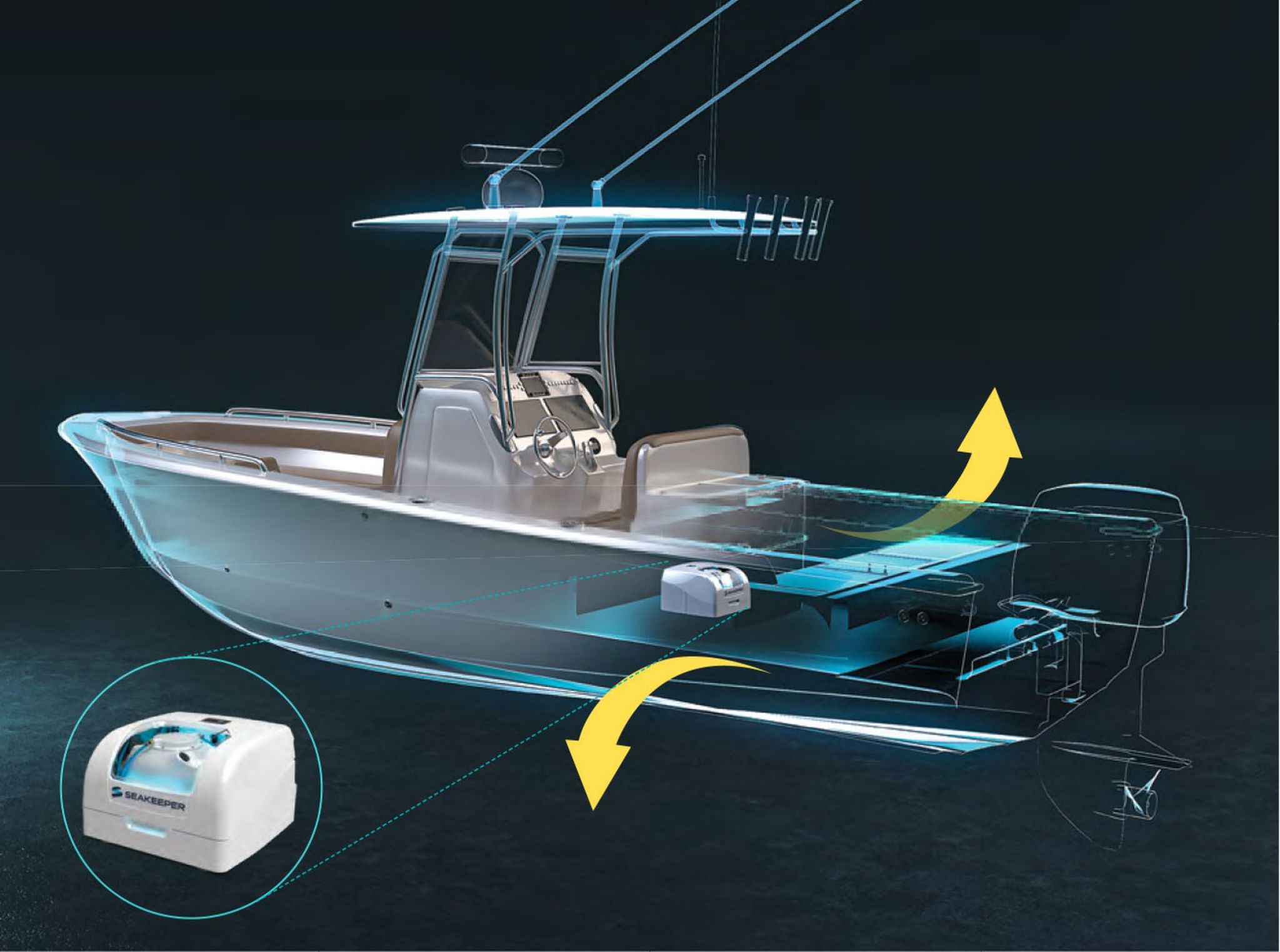Table Of Content

The precise dimensions and positioning of the bilge keels are based on extensive calculations and hydrodynamic studies to ensure optimal performance. Cruise ships are designed to minimize wind resistance and reduce the potential for destabilizing forces. Sleek and streamlined superstructures help to cut through the wind, reducing the chances of the ship being thrown off balance by strong gusts.
The Future of Cruise Ship Stabilizers and the Evolution of Ship Stability Technology
In addition to maintaining stability, ballast also serves other important functions. It helps improve the ship’s maneuverability by adjusting the ship’s trim, which refers to its longitudinal balance. Uneven weight distribution can make a ship difficult to steer, affecting its performance in narrow passages or during docking procedures. Properly adjusted ballast ensures that the ship maintains the desired trim, making it easier to handle. On the other hand, when the ship is fully loaded, its center of gravity may be too low, causing it to become less stable. In this case, ballast can be discharged to raise the ship’s center of gravity and restore stability.
The Ultimate Guide to Plus Size Cruise Wear
Active stabilizers are the most common type of stabilizer used on cruise ships. They consist of a pair of fins or rudders that are mounted on the ship’s stern. The fins or rudders are deployed underwater and are controlled by a computer system. The computer system uses sensors to measure the ship’s roll, pitch, and yaw.
Cruise ship passengers list power and toilet failures on Carnival Triumph - The Guardian
Cruise ship passengers list power and toilet failures on Carnival Triumph.
Posted: Tue, 12 Feb 2013 08:00:00 GMT [source]
Understanding the Basics of Ship Stabilization
Stabilizers help to reduce the risk of items falling, people stumbling, and crew members experiencing difficulties in performing their duties. These systems typically involve large tanks filled with either water or air, strategically positioned within the ship’s hull. As the ship starts to roll, the water or air within the tanks flows or compresses to create a counteracting force that stabilizes the ship. To ensure optimal stability, cruise ships are designed with a low center of gravity. This is achieved by placing heavy components such as engines, fuel tanks, and machinery in the lower levels of the ship. In addition to stabilizers, there are a few other ways to reduce the rolling motion of a ship.
Question about Cruise Ship's stabilizer technology
The computer then calculates the required angle of the fins or rudders to counteract the ship’s motion. Stabilizers, in the context of cruise ships, refer to a set of mechanical devices that help reduce the rolling motion of the vessel caused by external forces such as waves, wind, and currents. Ship stabilizers (or stabilisers) are fins or rotors mounted beneath the waterline and emerging laterally from the hull to reduce a ship's roll due to wind or waves. Fin stabilizers may be the most common kind found in cruise ships, but they’re not the only solutions to ships’ rolling motion. Nowadays, there are numerous types of ship stabilizers (either active or passive), thanks again to continuous research being done to improve their performance.
Thanks to the lift these components generate, with the right sizing and angling, they can sufficiently bring about the desired result. As such, a cruise ship stabilizer can be any boat balancing system being employed to bring about steady sailing. Fins are the favored stabilizers on cruise ships in these modern times, with some opting for other variants such as zero-speed stabilizers. When out at sea, a cruise ship rocks back and forth in tandem with the motion of the waves.

These ingenious devices are designed to minimize the ship’s movement by counteracting the forces of the sea. By extending and retracting horizontally from the ship’s hull, stabilizers generate a hydrodynamic force that helps reduce the ship’s rolling motion. Fixed stabilizers, also known as bilge keels, are a type of cruise ship stabilizers that are permanently affixed to the hull of the vessel. These fixed fins extend horizontally from the sides of the ship’s hull and are strategically positioned to counteract the rolling motion caused by waves and currents. Cruise ship stabilizers are essential components that ensure a smooth and stable sailing experience for passengers and crew.
Carnival Sued For Design Defects Alleged in Costa Concordia Cruise Ship - Cruise Law News
Carnival Sued For Design Defects Alleged in Costa Concordia Cruise Ship.
Posted: Sun, 01 Jul 2012 07:00:00 GMT [source]
Active Anti-rolling Tanks

The rooms that have individual room coolers will also have filters, and this could cause poor performance. The A/C normally has 20% fresh make up air that is cooled in large air handling rooms by cooling coils that handle a whole section of cabins. This 20% make up air is balanced by 20% exhaust via the bathroom exhaust "fart fan". Most of the ships have some form of recirculation cooler where the cabin air is taken in by a small fan, passed over a chilled water cooling coil, and then returned to the cabin.
Crown & Fin Pub: Inviting Neighborhood Pub With International Beers
The restoring moment is proportional to the distance between the fins and the center of gravity of the ship. They’re designed to improve their seakeeping performance, and one study showed that they’re capable of reducing roll response by more than 11%. Active stabilizers are more complex than passive stabilizers and require a control system to adjust their position. Later, the Quantum Maglift Rotor Stabilizer revolutionized the cruise industry. These stabilizers work on the “Magnum Effect” principle, where the rotating cylinder generates lift from its expected trajectory.
The only difference is that they may need to be used more often in rough seas to keep the ship upright. The effect of currents on a ship’s stability is determined by the current speed and direction. The environment in which a cruise ship operates can have a significant impact on its stability. The earliest known use of stabilizers on ships dates back to the 19th century. In 1858, a British engineer named William Froude patented a system of fins that were used to reduce the roll of ships. I love that Oceania Cruises has made enhancements to their in-room dining options, offering a 24-hour service and an expanded menu with delicious new appetizers, soups, salads, burgers, and entrées.
However, it’s important to note that gyroscopic stabilizers do have certain limitations. They are less effective at low speeds and not as capable of mitigating other types of motion such as pitch and yaw. Additionally, gyroscopic stabilizers require a significant amount of power to operate, which can lead to increased fuel consumption. When the ship encounters calm waters or enters a port, the stabilizers can be retracted, reducing drag and optimizing fuel efficiency. This allows the ship to maintain a higher cruising speed and save on fuel consumption.
Have you ever wondered how those massive cruise ships stay stable while sailing through turbulent waters? Let me shed some light on the fascinating world of cruise ship stabilizers for you. By moving water from one side of the ship to the other, the ballast systems alter the ship’s center of gravity, reducing the rolling motion and maintaining stability. The rocking motion of a ship can cause discomfort and nausea for some individuals, making the journey unpleasant. Stabilizers work by countering the forces that cause the ship to roll, effectively minimizing the degree of motion and reducing the likelihood of seasickness.

No comments:
Post a Comment